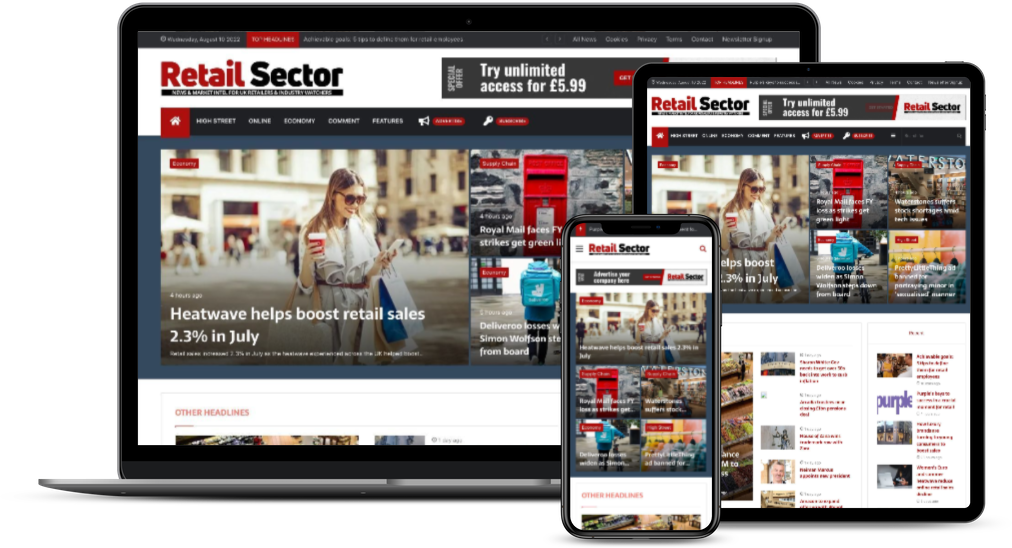What you need to know about consumer packaged goods companies going direct-to-consumer

The retail industry is going through major disruption as more and more innovative consumer packaged goods (CPG) brands are jumping on the direct-to-customer (D2C) e-commerce bandwagon.

